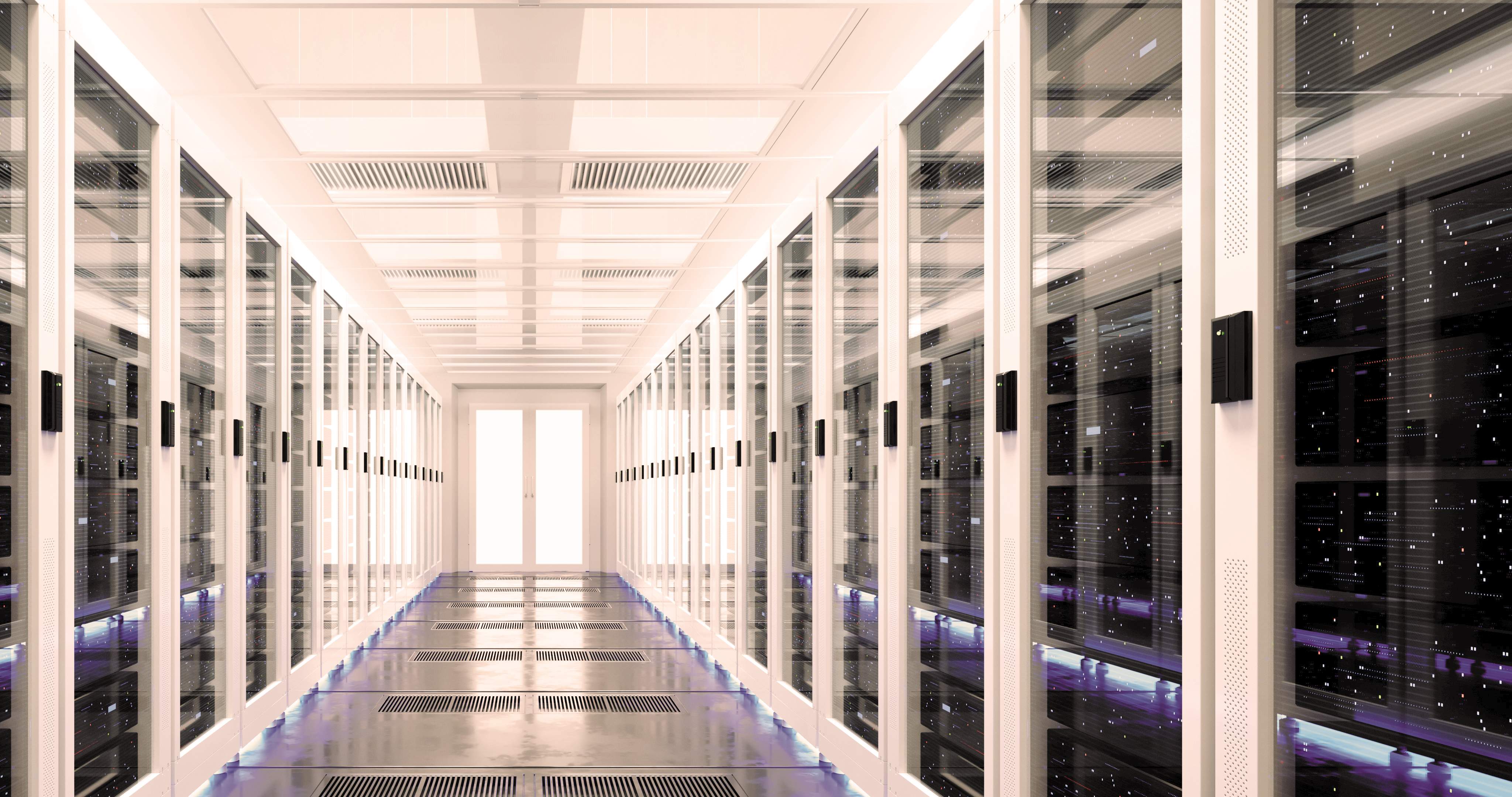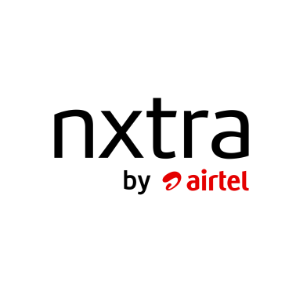Gartner predicts that by 2025, almost 80% of businesses that still rely on enterprise data centers or on-site data centers, will move to modern and more Agile ones such as cloud or third party colocation data centers. Colocation data centers can help enterprises manage their IT Infrastructure in a cost-effective and scalable manner.

Data is the heart of businesses today. Enterprises generate huge amounts of data and require data centers to store it and support various enterprise activities like - email sharing, enterprise applications, customer relationship management (CRM), enterprise resource planning (ERP), collaboration within teams, and more.
Not long ago, these data centers existed on-site, they still do. But that model is changing and giving way to modern data centers located on virtual networks, multiple off-site data centers, cloud, etc. Data centers can be broadly classified into on-site and offsite.
Enterprise or on-site data centers - these are data centers that are built, owned, and operated by companies themselves and are located on-site.
Off-site data centers are not located on company premises and can be of various types like -
Managed services data centers - these data centers are managed by a service provider or a third party, on behalf of the enterprise. The equipment and infrastructure needed for a data center are managed by the service providers.
Cloud data centers - in these data centers the data and applications are hosted by cloud server providers, like AWS, Microsoft Azure, etc.
Colocation data centers - these data centers are also known as ‘colo’. Colocation data centers host the infrastructure and the company provides the components like - servers, data storage, firewalls, etc.
Gartner predicts that by 2025, almost 80% of businesses that still rely on enterprise data centers or on-site data centers, will move to modern and more Agile ones such as cloud or colocation data centers.
Let’s take a deep dive into what Colocation data centers are.
What is a Colocation Data Center a.k.a Colos?
As mentioned earlier, colocation data centers are data centers that lease out their infrastructure or space to enterprises. Let’s understand this better - as the term ‘co-location’ suggests, this kind of data center can host data infrastructure for multiple companies at the same time. In this model, the colocation data center rents out or hosts the infrastructure that includes - building, bandwidth, security, cooling, etc. The other components of the data center like the servers, storage, firewalls, etc. are taken care of by the companies.
Components of Colocation Data Centers:
Here are some of the common components of Colos -
- Interconnection - physical and virtual data connections enabling rapid exchange of data between companies are referred to as interconnections. Beyond racks and spaces, it is critical that colocation data centers are equipped to connect with the border ecosystem with interconnection components.
- Infrastructure facilities - these include space in the data center for IT hardware. These facilities include racks, cabinets, cable trays, etc for equipment.
- Generator or power facilities - these include power backups to ensure an uninterrupted power supply for the data center. This is extremely important for business continuity.
- Cooling - Colos provide cooling systems for protecting a company’s hardware. These include HVAC (Heating, ventilation, and air conditioning) systems and chiller configurations (centrifugal chillers, water loop pumps, cooling towers, etc.).
Besides this, Colos also provides other facilities like - equipment inspection, assembly testing, inventory analysis, burn-in, and verification process, trained staff, and more. Some Colos also offer customizable services - including managed services to support customers’ business.
Types of Colocation data centers
Depending on the enterprise requirement and the number of servers they operate, colos can have various configurations like -
1u Colocation: These are entry-level colocation solutions that give cabinets for servers on a sharing basis. This means one cabinet can host multiple servers. These are low-cost colos and offer less bandwidth and power than other configurations.
Quarter Cabinet Colocation: These are locked private cabinets that are exclusive to one company. However, the size of the quarter cabinet colocation is the smallest amongst the other private or locked cabinets. The power and bandwidth provided with this type of colos are better than the 1u colos.
Half Cabinet Colocation - These are also private cabinets that can accommodate around 20u equipment and have more power and bandwidth than the above-mentioned ones.
Full Cabinet Colocation: As the name suggests, these are complete full-size cabinets available exclusively to a company, with almost 42u rack space and the highest power and bandwidth availability.
Benefits of Colocation data centers
The colocation data center model so far has been extremely useful for enterprises that have a global footprint and have business locations worldwide. But now smaller enterprises are also seeing benefits of investing in a Colos (colocation data centers) than having an on-premise data center since the benefits of Colos go beyond providing infrastructure. One of the biggest benefits is that Colocation data centers reduce the CAPEX (Capital Expenditures) for enterprises.
Let’s look at these benefits in detail -
- Cost benefits: Colos eliminates the cost of infrastructure hence reducing the CAPEX of a company. It also gives the flexibility to choose a configuration that is most suited to a company’s requirements and budget, hence helping in avoiding unnecessary costs related to on-site data centers.
- Tech staff: Besides infrastructure, colos provides tech staff to manage things like running cables, power, equipment installation, and other tech-related processes. This means that the load on an enterprise IT staff is minimized.
- Reliability: Colocation data centers hold servers of many enterprises of various scales therefore, it is obvious that they are built to be exceptionally reliable. They are prepared with the highest level of redundancies and include things like - power backup, generators, network connections, physical security, and more.
- Scalability: Colos are very useful for enterprises having a global footprint or are planning to scale their businesses to different geographies. Besides that, it also makes it easy for businesses to scale their facility, as their needs grow.
- Predictable Expenses – The costs associated with a colocation data center will be very predictable. Companies can typically sign contracts that last one or more years, so they know exactly how to budget their IT needs.
Conclusion
Managing data is a critical factor to consider when planning an enterprise's IT strategy since it has costs, resources, and infrastructure implications. In today’s world, business processes should be as agile as possible and this goes for IT as well. Managing data in a secure and scalable manner has become extremely important, especially today, where data is at the center of every business. Colos or Colocation data centers help enterprises manage their data servers in a cost-effective and scalable manner.
Nxtra (an Airtel company) designs, builds, and operates the largest network of hyperscale, core, and edge data centers in India. Find out more about our data center services here.
Nxtra by Airtel, a subsidiary of Bharti Airtel Limited, offers
largest network of secure, scalable, and sustainable data centers
in India to leading enterprises, hyperscalers, start-ups, SMEs
and governments.
Follow us on :






_1724410758.jpg)
